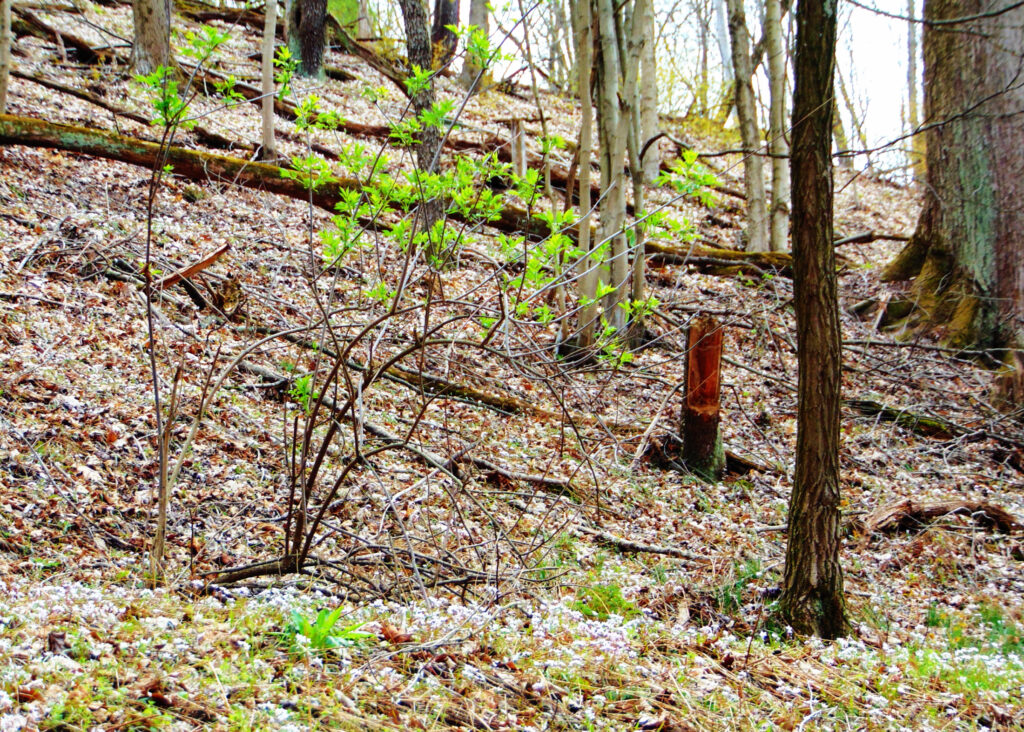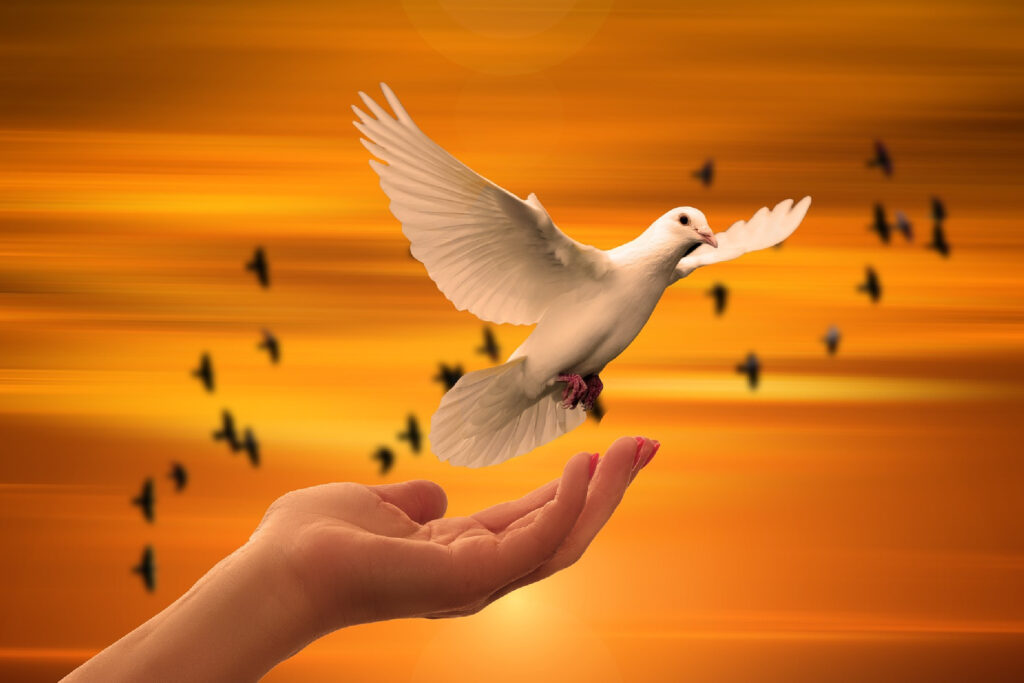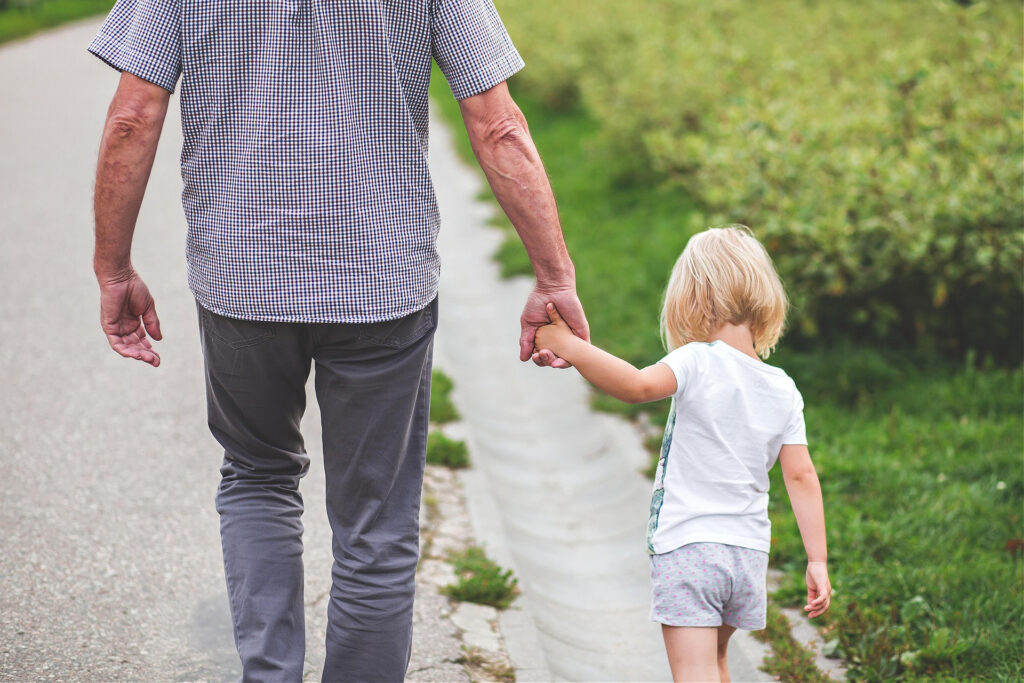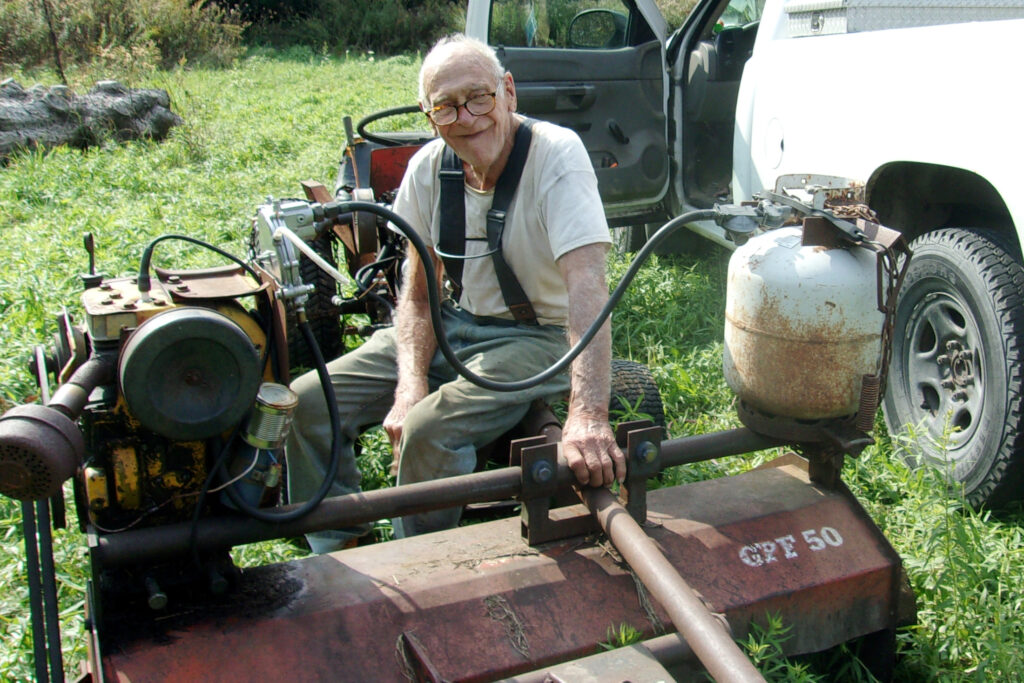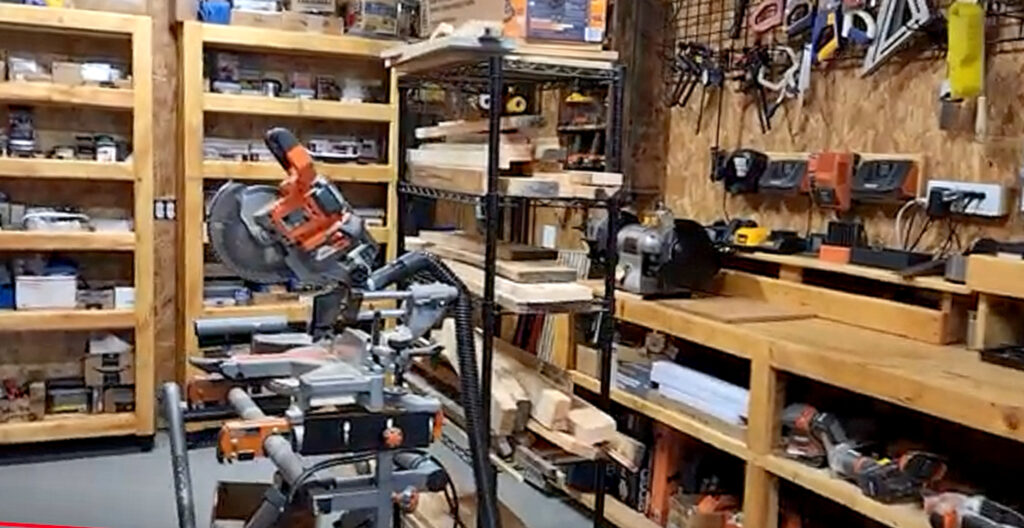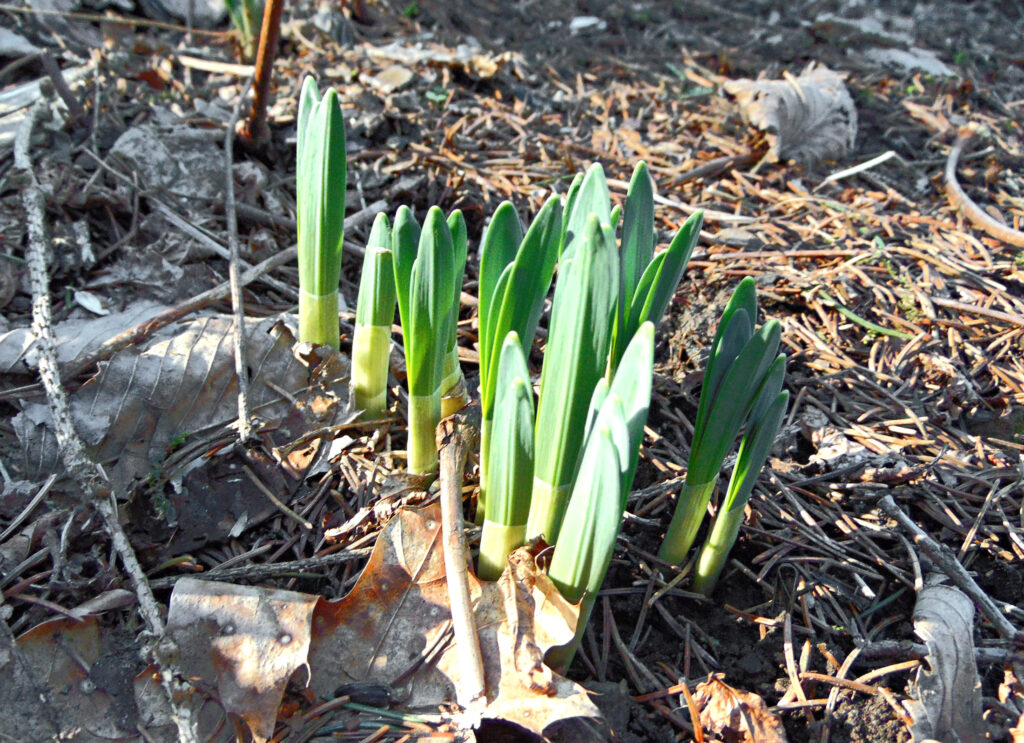Every Monday, three friends and I get together for a chat, catching each other up on the happenings of the previous week. We’ve been doing this now for nearly 18 years.
It all began as a Master Mind group focused on self-development and having, as I recall, a dozen or so original members. Over time, interests changed, life took people in new directions and our group dwindled down to us four. We met via conference call for many years. Now we meet on Zoom and love seeing each other’s faces..
Last week I found some notes I’d made after a call from a decade ago. We were talking about how each of us tends to think of our own life as ordinary. Mundane. Pretty routine. Boring, even. But then we realized that we found each other’s lives fascinating. We keep calling every week, after all, just to find out what happened next.
It turns out that what happened next usually wasn’t some great achievement or adventure (although we’ve had our share of those), but instead it was maybe a new insight or observation, a way of looking at the familiar from a slightly different vantage point.
We had been talking at the time about ways we could become more aware of the stories we tell ourselves, of the habitual labels and judgments that we slap on our experiences, and how becoming aware of that helps us break free of them and lets us experience things with greater freshness and joy.
So I got to thinking about the way we label our lives as ordinary and deem that to be a negative thing, as if life held zest only if it was filled with new and exciting events.
What if, I wondered, we chose to see the routines of our lives as a pleasure? What if we awakened to the comfort they gave us?
What if our stretches of boredom were simply the result of not paying attention? Ta-dah! There’s a little eureka moment for you!
Then, mid-week, I was doing some random surfing on the Web and I stumbled on one of those “photos of the day” sites that offers glimpses into the way people around the globe are spending their time. There’s a lot of celebration and achievement going on out there! But there’s a lot of pain and conflict and suffering, too. And the photos showed the whole range.
The photos that struck me most were one of a woman feeding her infant a spoonful of soup inside a tent in a refugee camp, and one of a father holding rolled razor wire up with a stick so his five year old daughter could crawl under it toward the relative safety that waited on the other side.
And I’m going to complain that my life is routine and ordinary? I could be one of the firefighters battling flames. Or one of those whose homes were burning. I could be digging through mud with a stick, trying to find any belongings the flood may have left behind.
May I be grateful for the ordinariness of my life!
Yesterday, I went in search of insights into the benefits of ordinariness from other people. The first one I found brought the photos back to mind:
“How we take it for granted – those trivial conversations; those mundane moments that we think hold no meaning. We never realize how much we rely on the ordinariness of everyday life. When love is gone – when our entire world is gone – only then do we understand those moments are what we live for.”
― Dianna Hardy, in Cry Of The Wolf
And then there was this one, echoing my own realization that awareness is the key:
“I thought: This is what the living do. And I swooned at the ordinary nature of the task and myself, at my chapped hands and square palms, at the way my wrists bent and fingers flexed inside this living body.”
― Dee Williams
The ordinary s the stuff of the good life, the day to day conversations and routines. In the end, the ordinary things are the ones that give our lives meaning. The key is to see them for the treasures they are, to be aware in them, and grateful.
Here’s a poem little from a guy who gets it. I’ll leave it with you as my parting gift for today:
“Do not ask your children
to strive for extraordinary lives.
Such striving may seem admirable,
but it is the way of foolishness.
Help them instead to find the wonder
and the marvel of an ordinary life.
Show them the joy of tasting
tomatoes, apples and pears.
Show them how to cry
when pets and people die.
Show them the infinite pleasure
in the touch of a hand.
And make the ordinary come alive for them.
The extraordinary will take care of itself.”
― William Martin, The Parent’s Tao Te Ching: Ancient Advice for Modern Parents
Wishing you a gloriously ordinary week!
Warmly,
Susan
Image by Pexels from Pixabay
